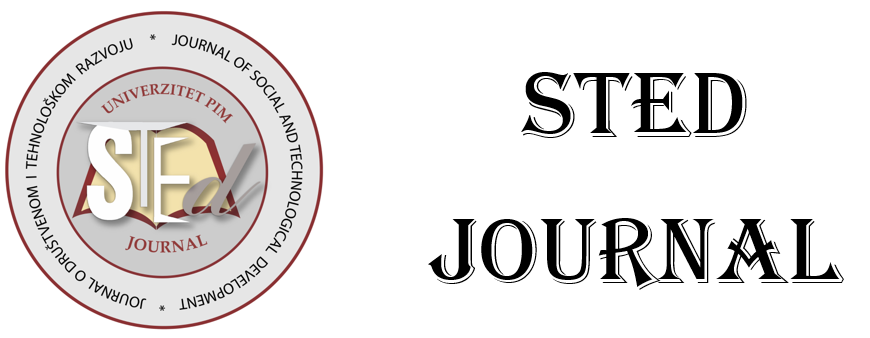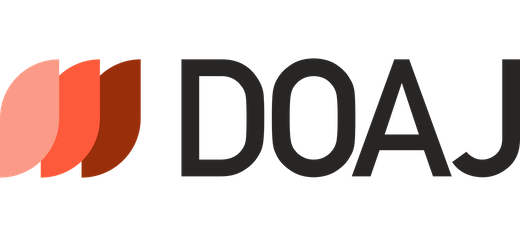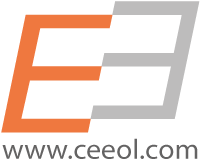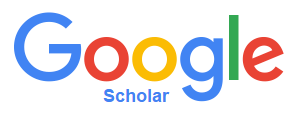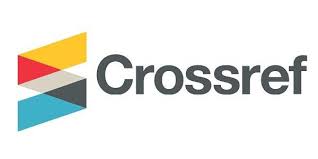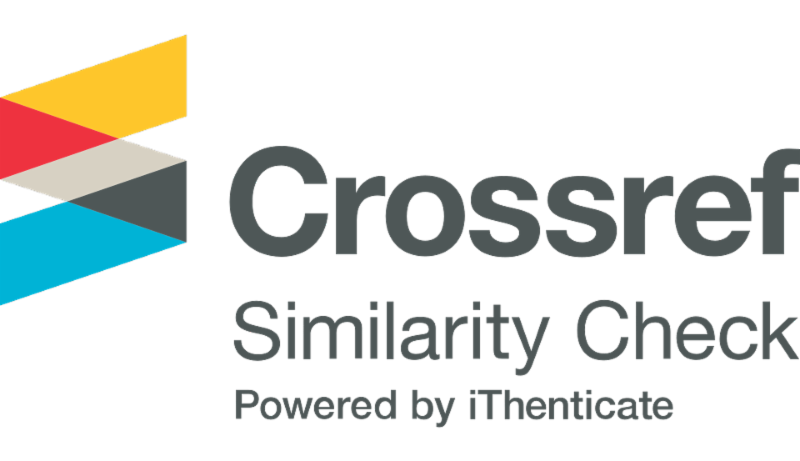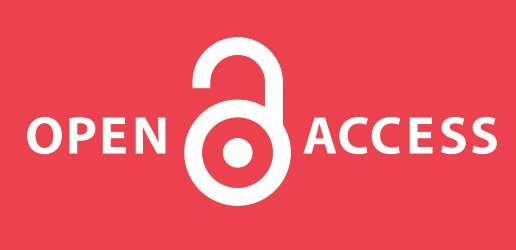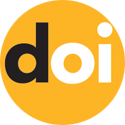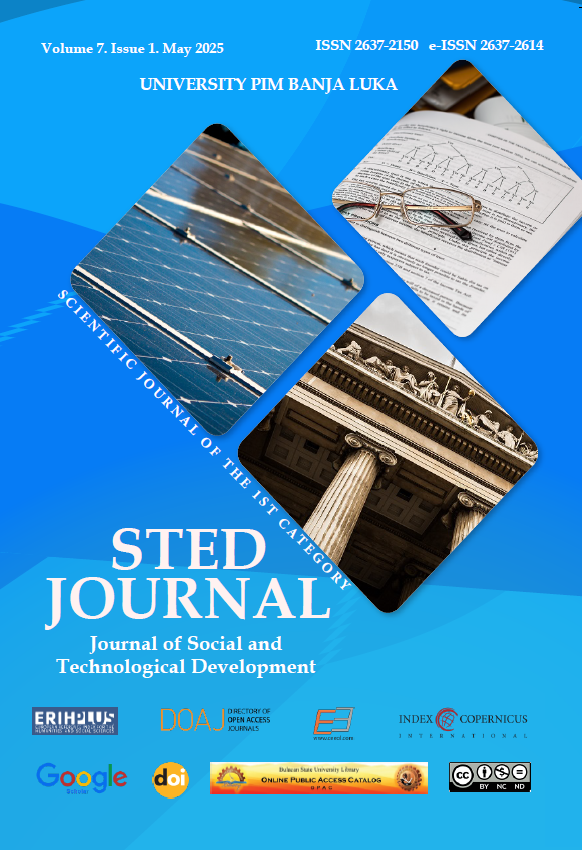
More articles from Volume 4, Issue 2, 2022
DENTAL IMPLANT MATERIAL (POLYETHERETHERKETONE, TITANIUM AND ITS ALLOYS, ZIRCONIA)
TESTING OF SMALL HOUSEHOLD BIOMASS BOILERS FROM THE ASPECT OF WASTE GAS EMISSIONS
OFFERING SERVICES BASED ON DATA WAREHOUSE AS A NEW TREND IN THE WORK OF PUBLIC ADMINISTRATION
GENDER DIFFERENCES OF SOCIOSEXUAL ORIENTATION IN THE CONTEXT OF PERSONALITY TRAITS
B&H CITIZENS’ PERCEPTION AND ATTITUDES ABOUT CORRUPTION IN THE WORKPLACE
Article views
THE USE OF ORGANIC AND PAID ADVERTISING IN ORDER TO INCREASE REACH AND ENGAGEMENT ON INSTAGRAM PROFILE
Banja Luka College , Banja Luka , Bosnia and Herzegovina
Paneuropean University Apeiron , Banja Luka , Bosnia and Herzegovina
Paneuropean University Apeiron , Banja Luka , Bosnia and Herzegovina
Received: 05.10.2022.
Accepted: 15.11.2022. >>
Published: 30.11.2022.
Volume 4, Issue 2 (2022)
pp. 64-77;
Abstract
In order to determine the most effective method of advertising on Instagram and attract users of the application to become permanent followers of the site, for the purposes of this paper, we used primarily collected data through weekly testing of seven selected methods. Five organic (increasing the number of followers and interactions – removing inactive followers, tracking posting time, changing the number of “tags”, “liking” other users’ content and a combination of 4 “likes” and 1 comment) and two paid directly from the Instagram application (foreign advertising and advertising for the domestic market). The results of the research were processed by descriptive statistics. The paper represents the synergy of theoretical and empirical work. The first part will theoretically describe facts related to the second, empirical, part of the paper and the case study, which was designed and researched. The idea stemmed from the need to select the most successful methods from the large number of the ones used to organically increase the number of followers and the number of interactions on the site. There was also a need to check whether these methods were as good for advertising as they were paid for. Also, it was necessary to determine whether they bring results in relation to the invested engagement. Comparing the achieved results of organic and paid advertising methods, it was found that certain organic advertising methods give better results in some parameters than paid ones, while paid ones give better results in other parameters.
Keywords
References
Citation
Copyright
All papers are licensed under a Creative Commons Attribution 4.0 International License.
Article metrics
The statements, opinions and data contained in the journal are solely those of the individual authors and contributors and not of the publisher and the editor(s). We stay neutral with regard to jurisdictional claims in published maps and institutional affiliations.
